When muscle cars roared into the American market in the 1960s, solid lifter camshafts were the go-to choice for max performance. But as more people started driving these cars daily, engineers looked for a way to reduce noise and eliminate constant valve adjustments. That’s where hydraulic lifters came in. They were quieter, easier to maintain, and still packed plenty of punch. While they didn’t rev as high as solid lifters, they offered strong torque down low and a smoother ride. Here are 10 of the earliest muscle cars to make the switch to hydraulic cams—and still deliver the goods.
1964 Pontiac GTO 389 Tri-Power
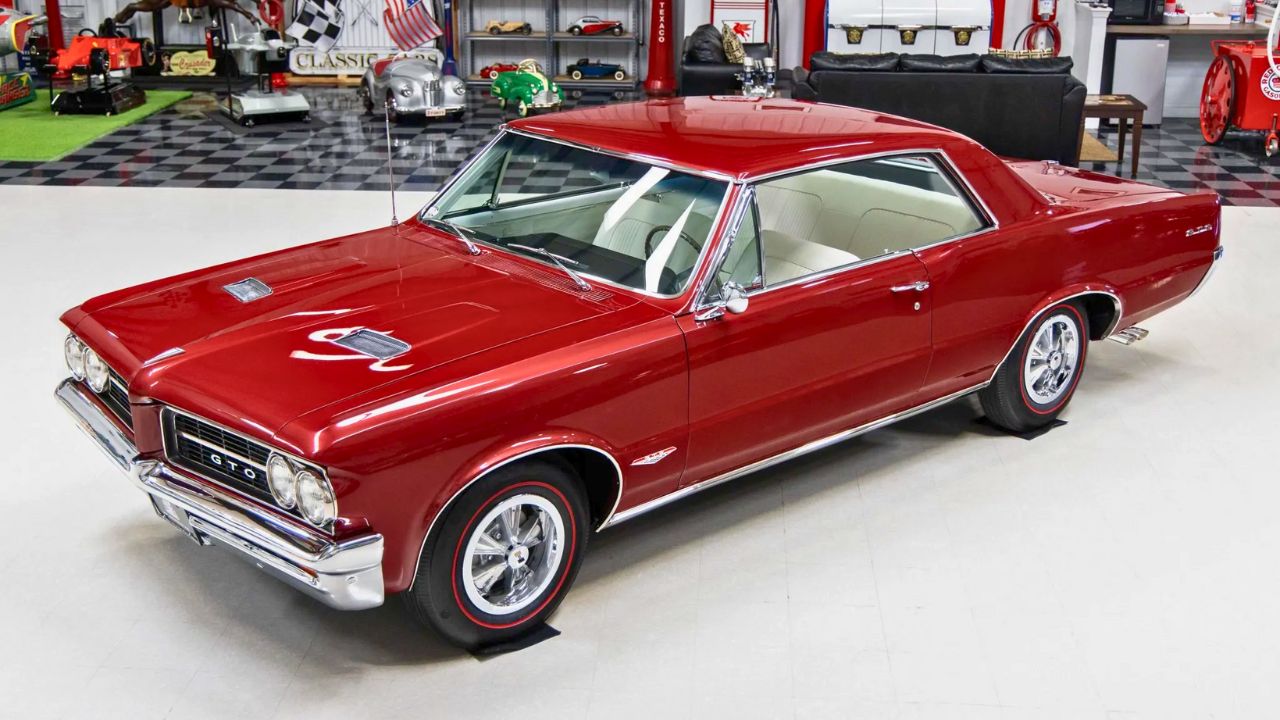
The original GTO wasn’t just a muscle car pioneer—it was also one of the first to benefit from a hydraulic camshaft in a high-performance V8. The 389-cubic-inch engine, particularly in Tri-Power form, produced 348 horsepower and 428 lb-ft of torque. The hydraulic lifters made it quieter and easier to live with, especially for daily use.
This setup offered a nice mix of street manners and brute strength. Pontiac’s decision to go hydraulic helped broaden the GTO’s appeal without sacrificing its reputation at the stoplight. It set the tone for muscle cars that could do more than just scream down a quarter-mile.
1965 Chevrolet Malibu SS 396 Z16
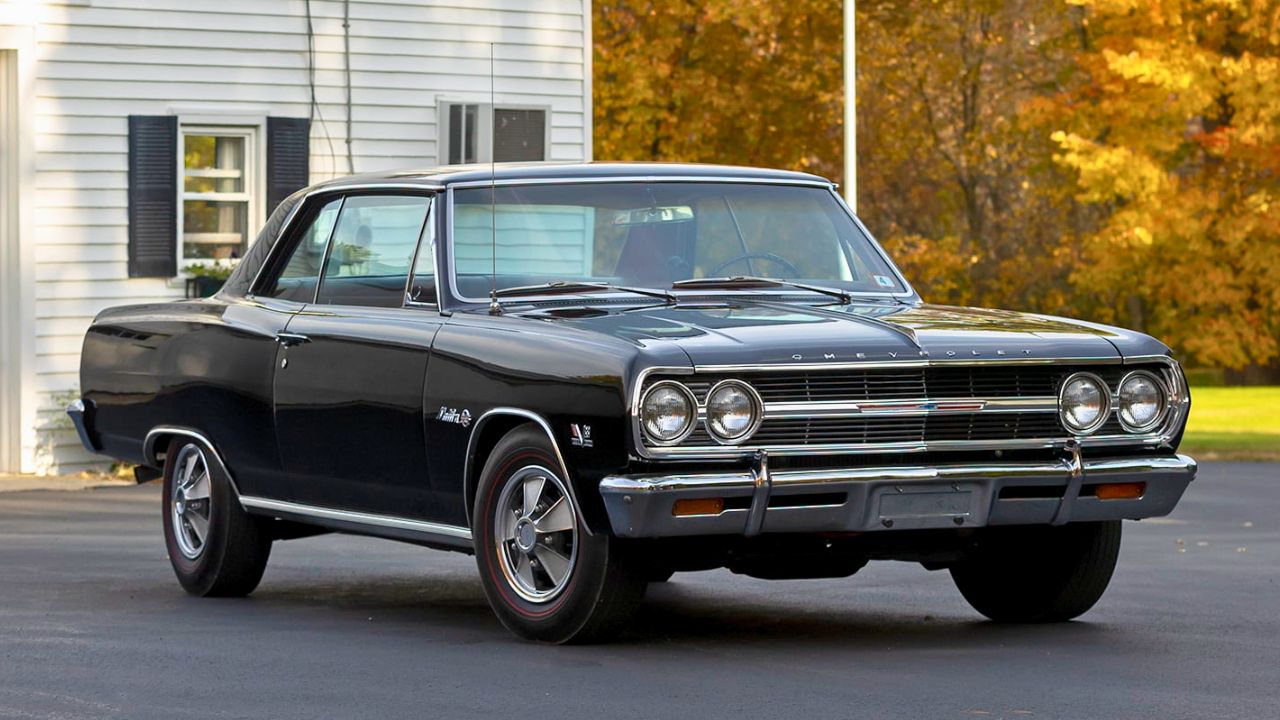
The Z16 was a one-year wonder, and it quietly previewed what the Chevelle SS396 would become. Under the hood was a 396-cubic-inch big block rated at 375 horsepower, paired with hydraulic lifters for better drivability and less mechanical clatter.
Even with the milder cam setup, the Z16 could run the quarter-mile in under 14 seconds. The smooth idle and maintenance-free valvetrain helped Chevy prove that big horsepower didn’t need to sound like a race car to be fast. It was a sleeper in more ways than one.
1966 Oldsmobile 442 L78 400
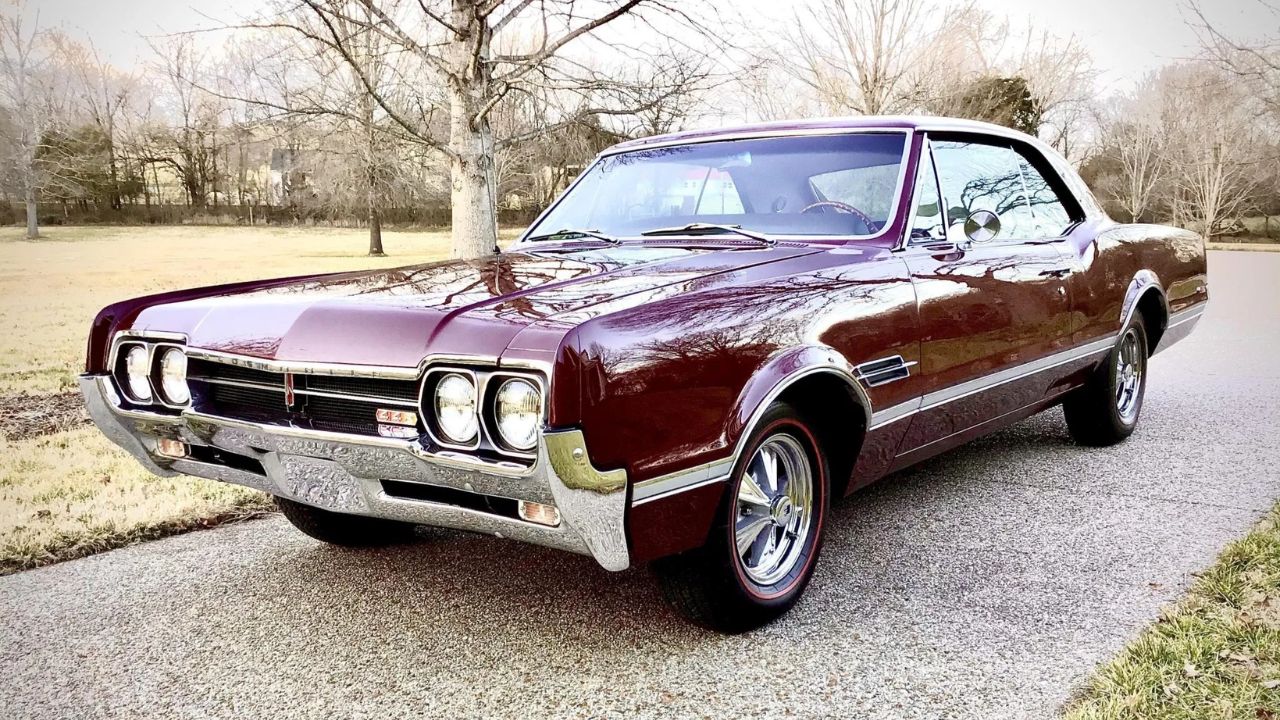
Oldsmobile’s 442 featured a 400-cubic-inch V8 with hydraulic lifters from the beginning. The L78 version delivered 350 horsepower and 440 lb-ft of torque—plenty to move the upscale midsizer with authority. The torque curve came on early and strong, which suited Oldsmobile’s refined take on muscle.
Hydraulic lifters helped keep the engine civilized and low-maintenance, appealing to a more mature buyer who wanted power without drama. It showed that muscle cars didn’t need to be loud or harsh to be effective, especially with 3.42 gears and a smooth-shifting automatic.
1967 Buick GS 400
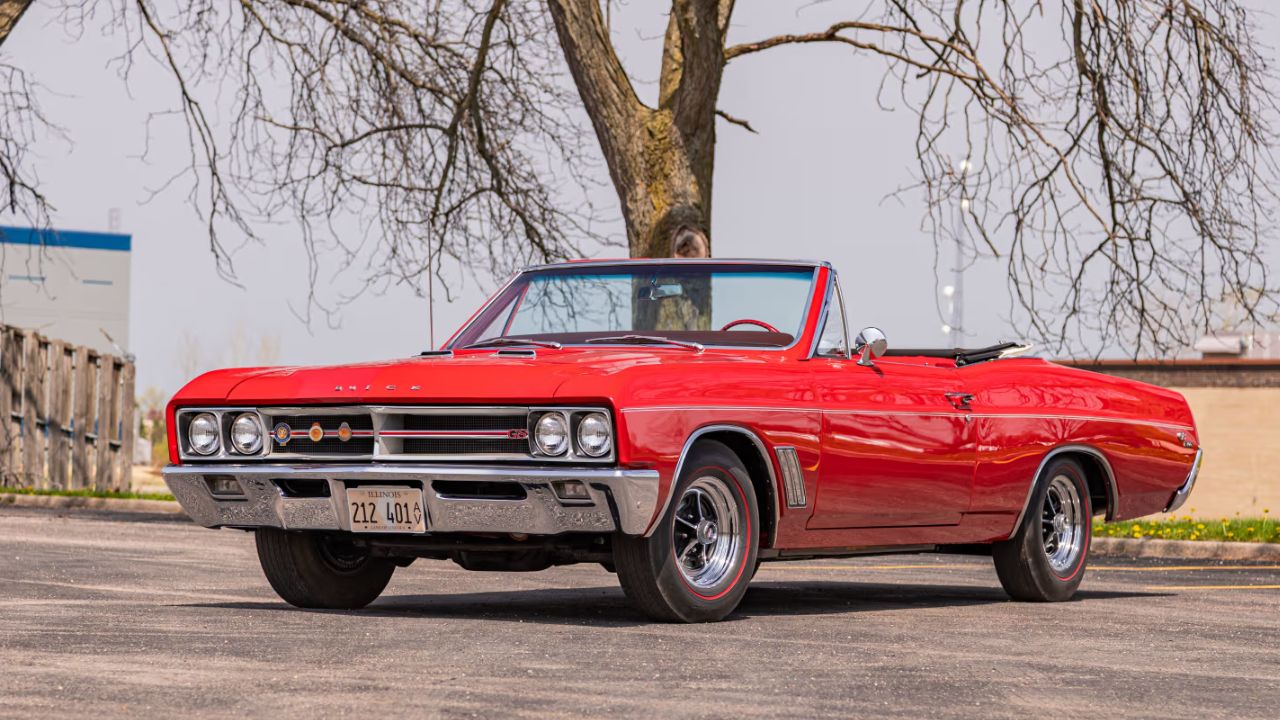
Buick wasn’t interested in track records. It built torque-rich muscle cars that could cruise in comfort. The 1967 GS 400 ran a 400-cubic-inch V8 with a hydraulic cam, pushing out 340 horsepower and a massive 440 lb-ft of torque.
That low-end grunt was ideal for stoplight launches and highway merges alike. The hydraulic lifters made it quiet and smooth—true to Buick’s luxury leanings. It wasn’t built to rev to the moon, but with that kind of torque, it didn’t need to. Just put your foot down and go.
1967 Mercury Cougar GT 390
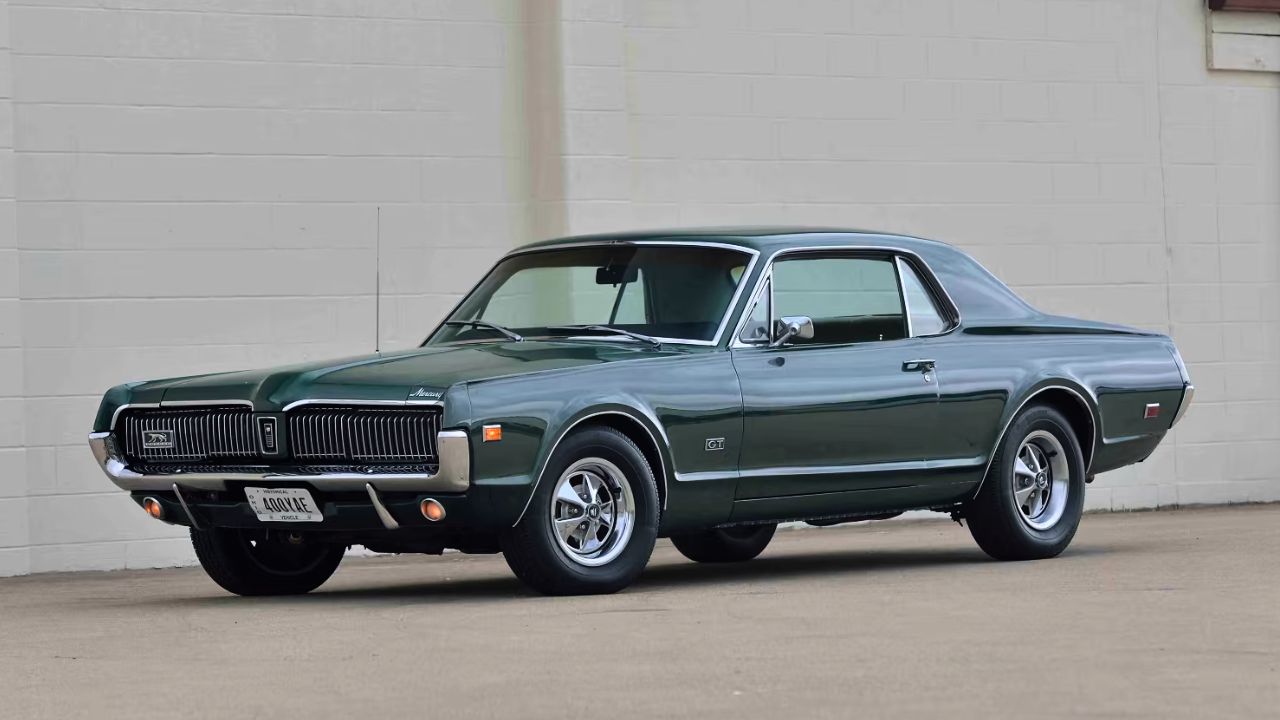
The Cougar GT came standard with Ford’s 390 cubic-inch V8, a hydraulic lifter engine that churned out 320 horsepower and 427 lb-ft of torque. It wasn’t quite as raw as the Mustang GT, but that was the point. The Cougar aimed for a more refined buyer who still wanted muscle.
The hydraulic lifters were part of the package—no lash adjustment needed and quieter at idle. That helped Mercury market it as a more sophisticated alternative to the Mustang without sacrificing too much on performance. It could still run with the pack, just in a sharper suit.
1968 Dodge Charger R/T 440 Magnum
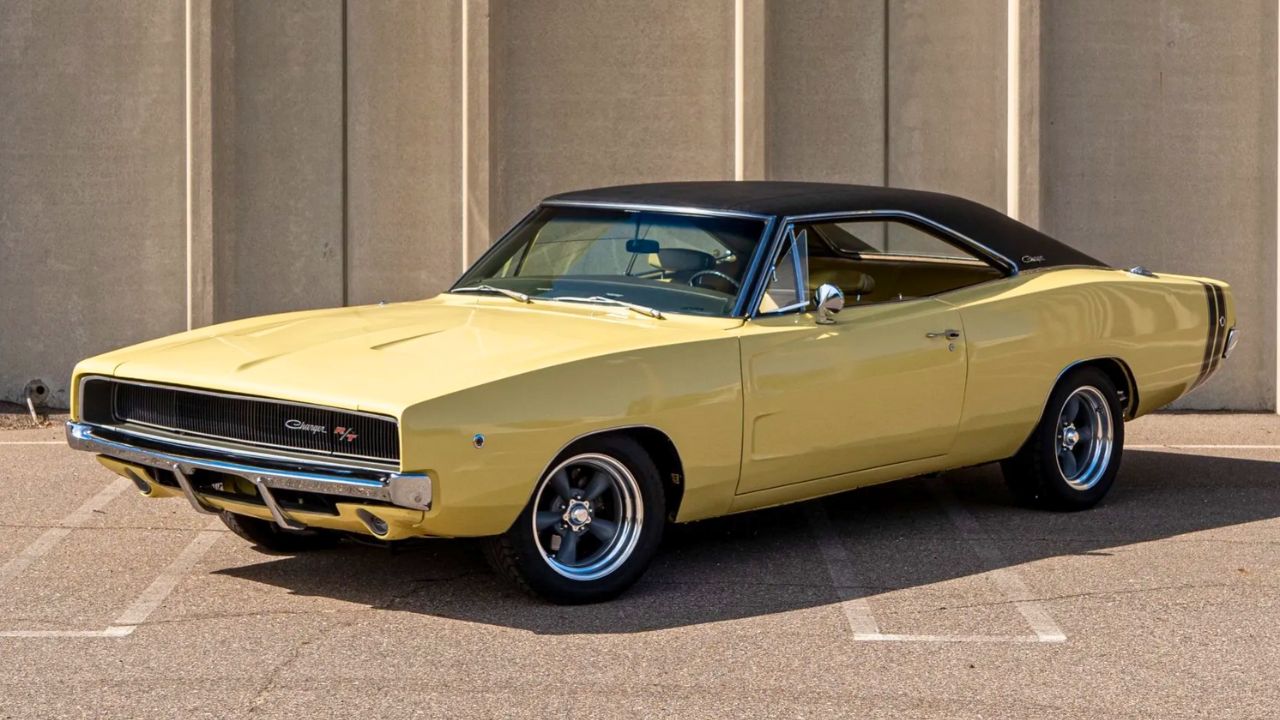
The 440 Magnum was Dodge’s go-to big block for smooth, tire-frying power, and it used hydraulic lifters to keep things quiet under the hood. With 375 horsepower and 480 lb-ft of torque, it made more grunt than many solid-cammed rivals, but without the valve clatter.
It wasn’t meant to rev to the moon like a 426 HEMI. The 440 made its torque down low and carried it through the midrange—perfect for heavyweights like the Charger. And since you didn’t have to adjust valves constantly, it was easier to live with for the long haul.
1969 Chevrolet Camaro SS 396 L34
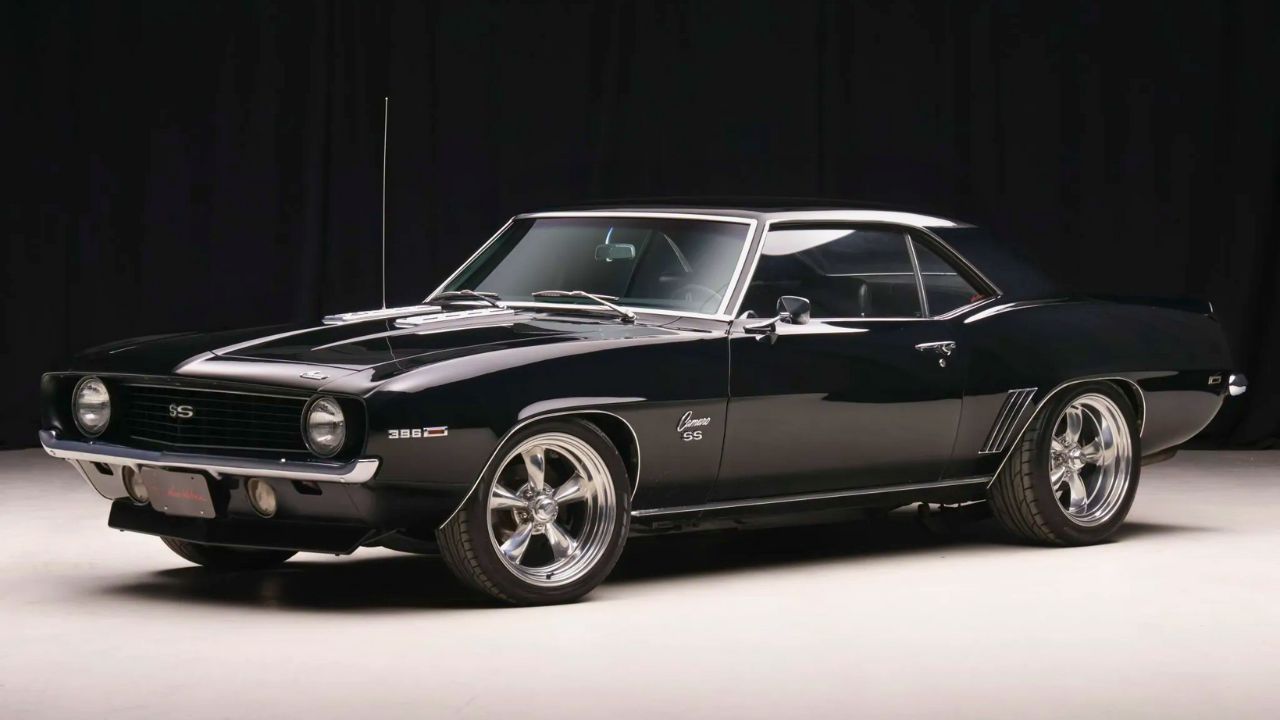
The L34 version of the SS 396 Camaro used a hydraulic lifter camshaft and still delivered a stout 350 horsepower and 415 lb-ft of torque. It may not have had the high-winding character of the solid-lifter L78, but it was much more livable on the street.
Hydraulic lifters made the L34 better suited to everyday use, which is what most buyers were looking for. You could still run 14s in the quarter, and you didn’t need earplugs or feel like you were driving a ticking time bomb. It was quick, tame, and a great compromise.
1970 Pontiac GTO 400 (YS Code)
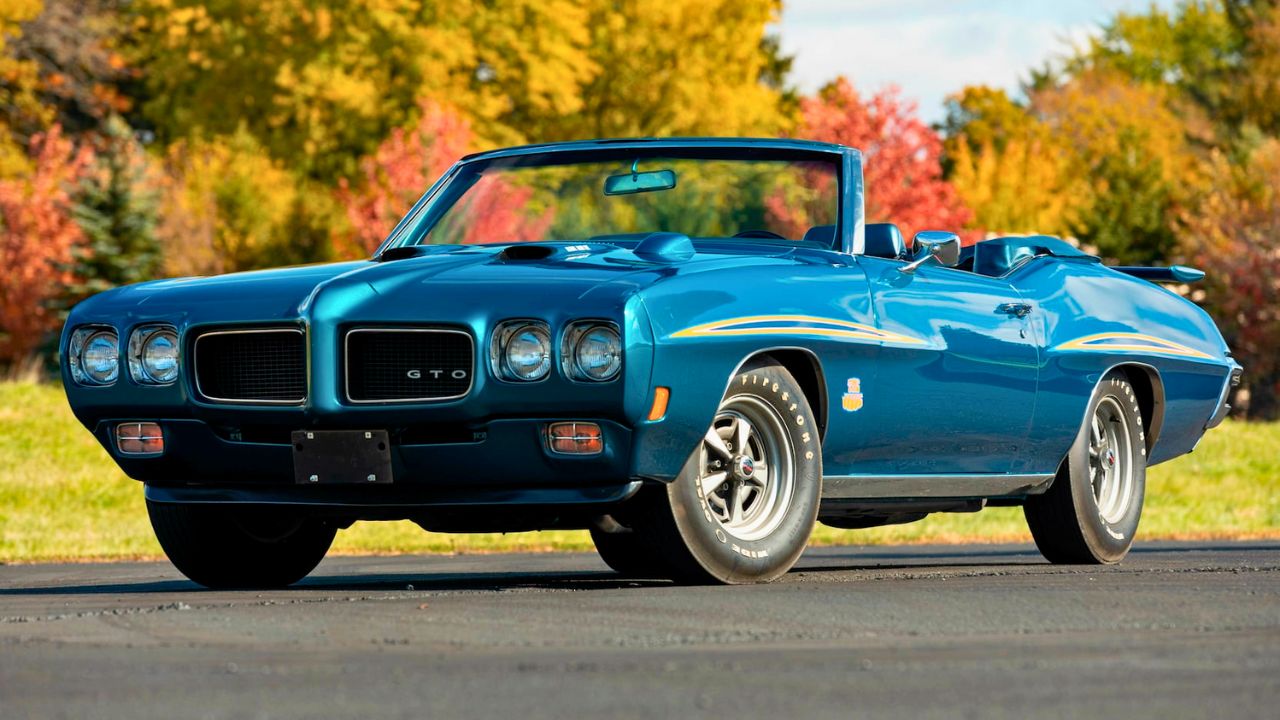
By 1970, most of the GTO lineup had gone to hydraulic cams, including the base 400 YS-code engine. Rated at 350 horsepower, it gave drivers strong off-idle pull and consistent performance without the fuss of constant valve adjustment.
The move to hydraulic cams helped Pontiac meet emissions and noise standards while still delivering the kind of performance people expected. It was also easier to maintain, especially for less mechanically inclined owners. While solid lifters still had their place, hydraulic cams were becoming the norm for good reason.
1970 Chevrolet Monte Carlo SS 454
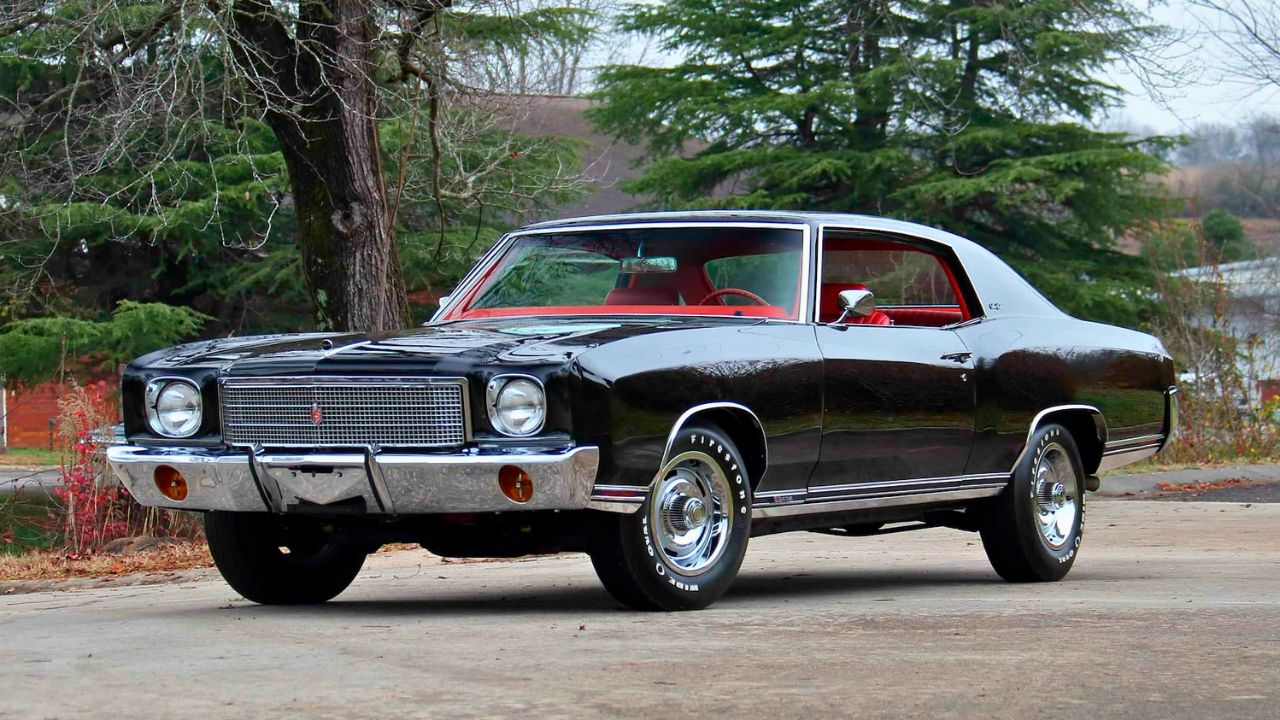
Chevy’s 454 LS5 was introduced with a hydraulic cam and stuffed into the Monte Carlo SS as a luxury muscle cruiser. It cranked out 360 horsepower and 500 lb-ft of torque—enough to move the big coupe with authority.
Unlike the high-strung LS6 found in the Chevelle, the LS5 was all about effortless torque and smooth manners. The hydraulic lifters helped with that, making the SS 454 quieter and less temperamental. It was fast, yes—but also a reminder that performance didn’t have to be punishing.
1971 Chrysler 300 Hurst 440 TNT
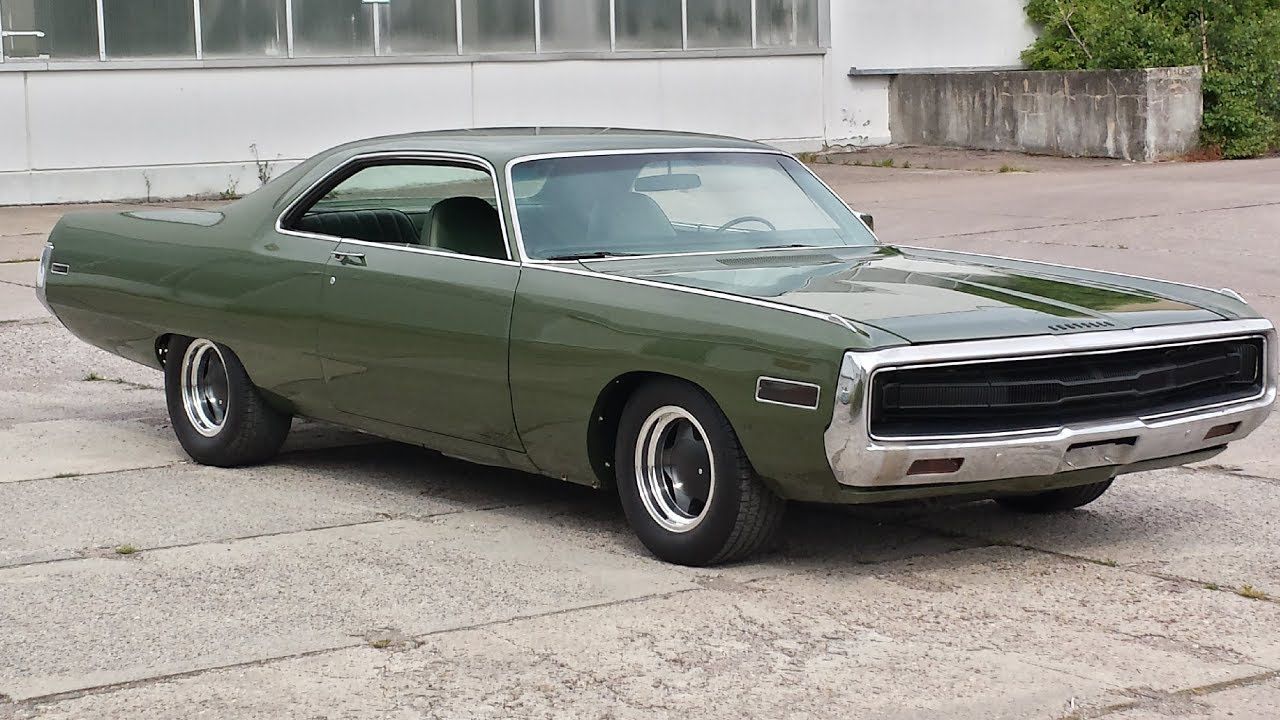
The Hurst version of the Chrysler 300 was a one-year wonder and maybe one of the last great big-body muscle cars to run a hydraulic lifter cam. Powered by a 440 TNT, it produced 375 horsepower and 480 lb-ft of torque.
Hydraulic lifters fit the Chrysler 300’s personality—smooth, strong, and almost silent. Even though it weighed nearly 5,000 pounds, the TNT’s torque made it feel lighter than it was. It wasn’t built for the drag strip, but it could still surprise folks at a stoplight if you gave it the beans.
Like Fast Lane Only’s content? Be sure to follow us.
Here’s more from us:
*Created with AI assistance and editor review.

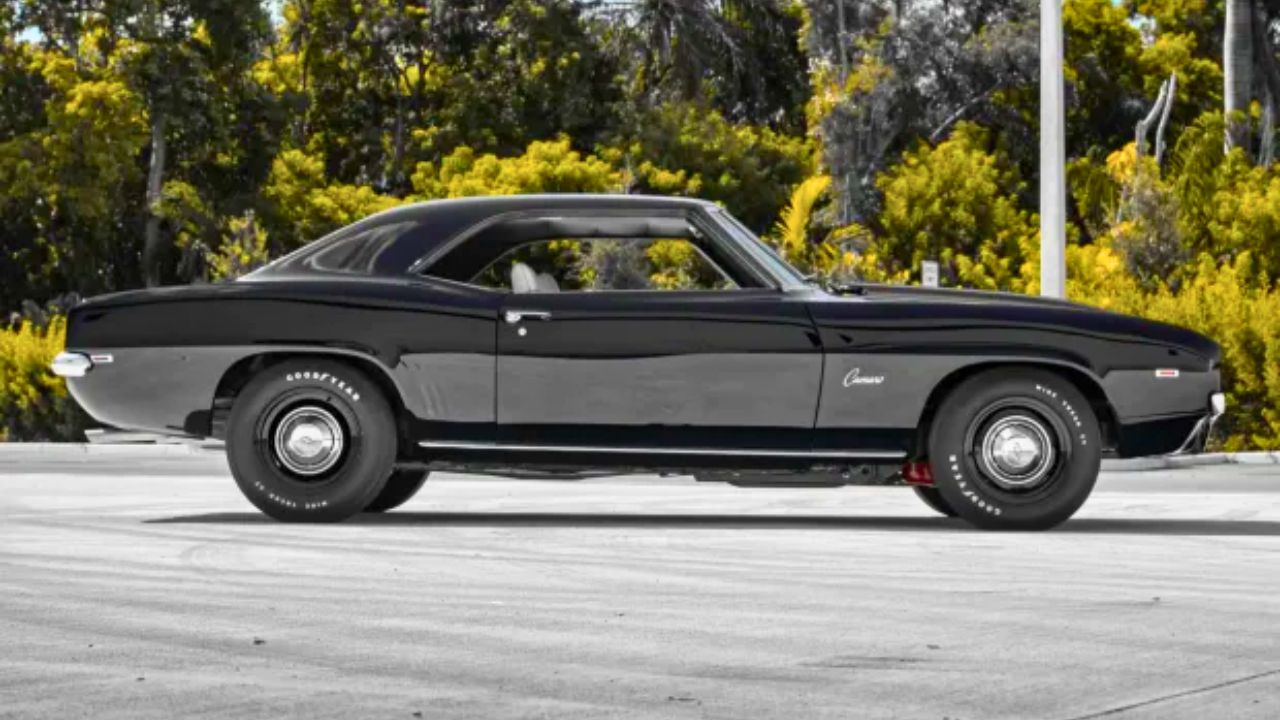

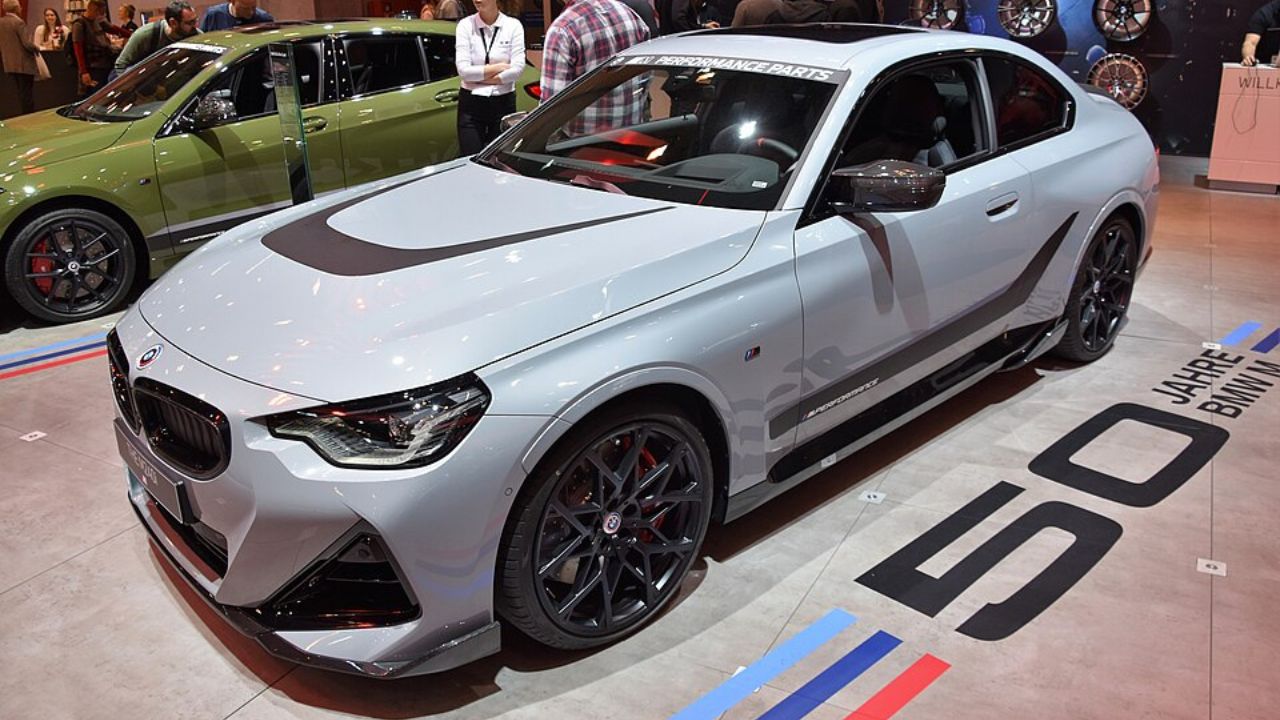
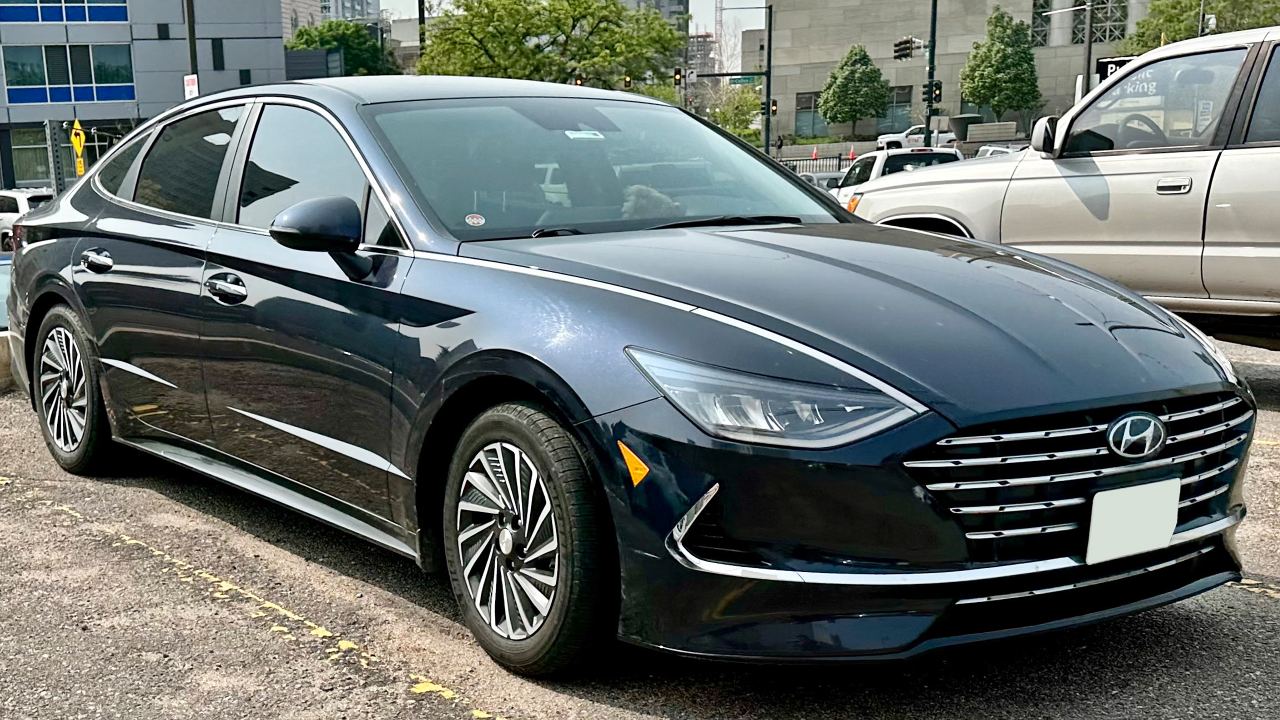
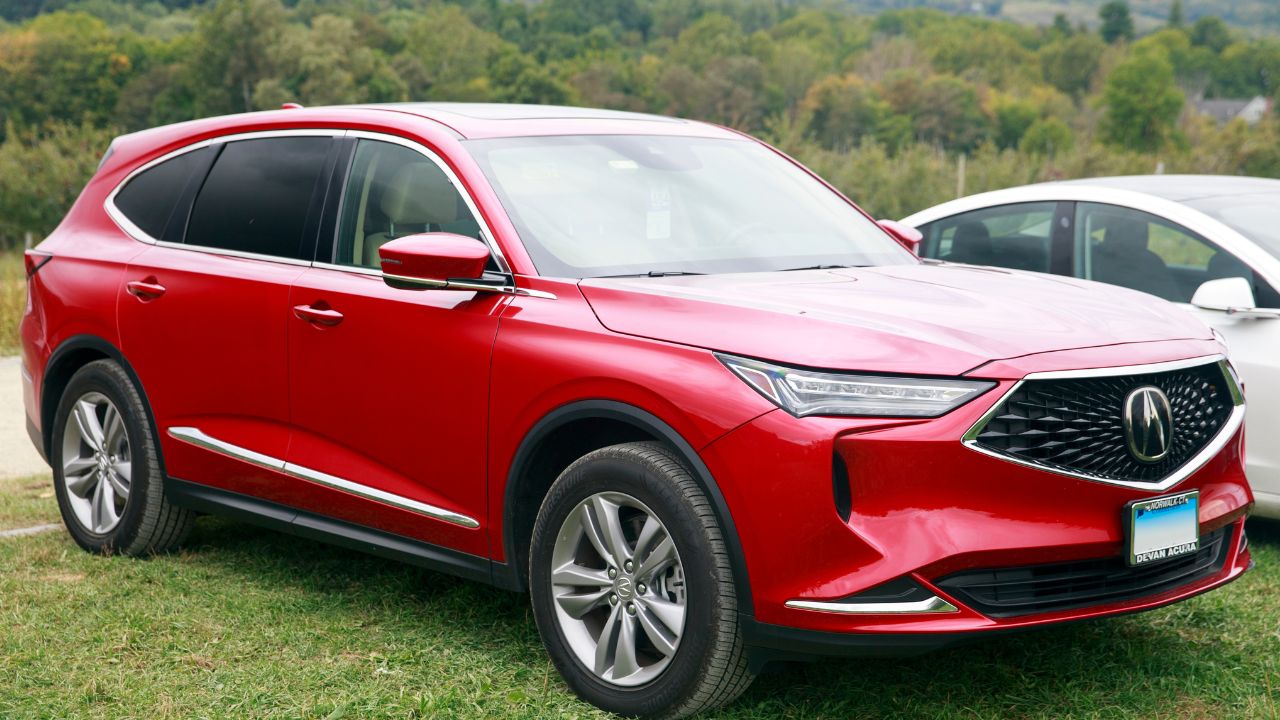
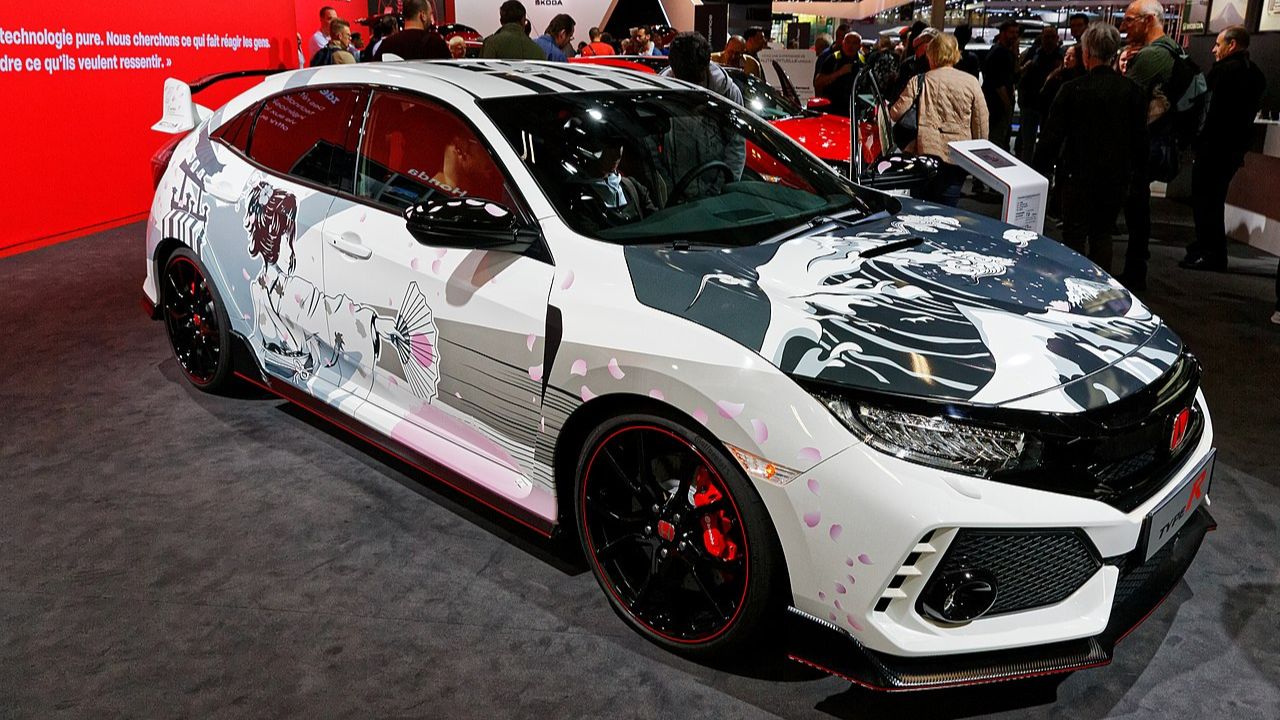
Leave a Reply